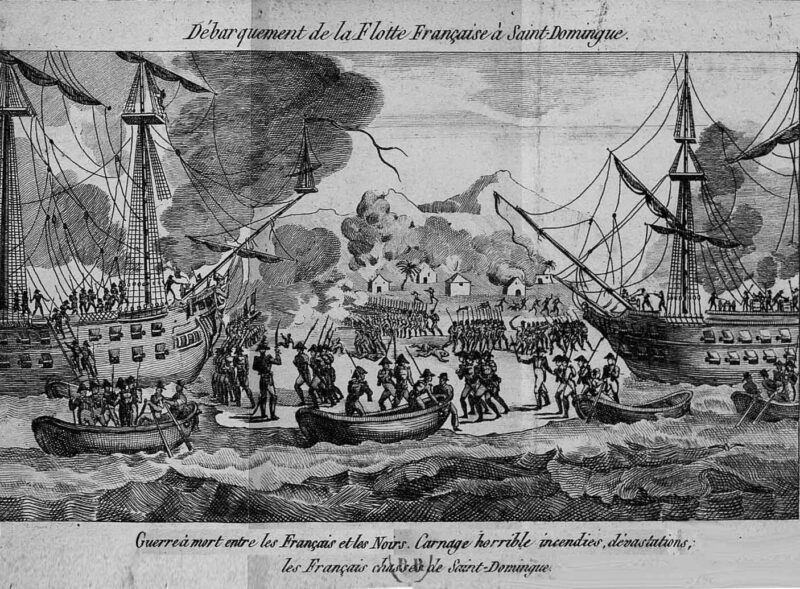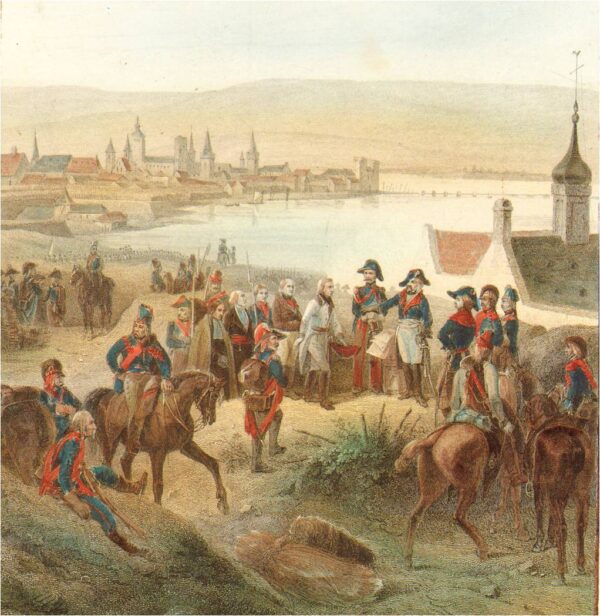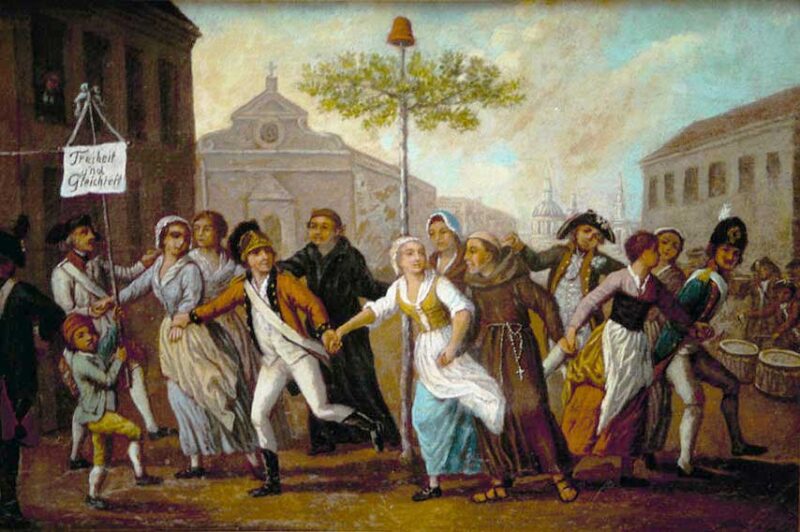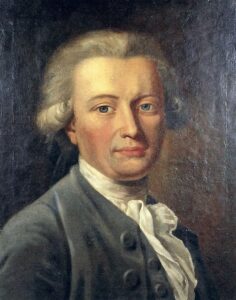
Haiti and Germany
OLD: Haiti, home of the first and only revolution (1791-1804) that abolished slavery, pursued a unique path to liberation. Yet Haiti’s historical experience is interwoven with the histories of other peoples and their revolutions, including the United States (achieved independence in 1776), France (revolution 1789-1792), and a region in what is now Germany: Mainz.
Mainz, located in Germany’s Rhineland, established a democratic republic in 1793.
Georg Forster, a leader of the Mainz Republic, recognized the Haitian Revolution as an anti-colonial struggle with its own principles and individual character. At the same time, though, he believed that the liberation movements of his time were linked through shared values of freedom, equality, and human dignity. He followed closely news reports about the slave insurrection in Saint Domingue, and he was not alone in doing so. In the late 18th century, Germany did not yet exist as a nation, let alone as a colonial power; hence there was less censorship of information about Saint Domingue and broader support for the island’s revolution than existed elsewhere in Europe.
Those who fought against slavery in Saint Domingue were separated by an ocean — and of course much more — from Rhinelanders in Maintz seeking their freedom. What Forster responded to in both movements, though, was “ein anderer Begriff von Menscheit” (another concept of humanity) that he believed could inaugurate a better world.

French commissar Sonthonax arrived in Cap Francais in the fall of 1792, with the mission of pacifying the island. But in the spring of 1793, a French naval officer, General Galbaud, decides to join white settlers in organizing a rebellion to take over the city. In June Sonthonax agrees to free slaves in the city, on the condition that they fight against Galbaud’s forces. They do so, Galbaud is defeated, and in August Sonthonax issues an emancipation proclamation (shown above) abolishing slavery in the northern province.


Galbaud’s defeat, though, does not put an end to slavery on the island. The revolt continues, and thousands of French soldiers are sent to Cap Francais to put it down. The caption above summarizes what takes place: War to the death between the French and the Blacks. Horrible carnage, fires, devastation, the French expelled from Saint Domingue.

October 1792. Mainz surrenders to French General Custine. Honoring the ideals of the French Revolution, he announces to the townspeople, “Your own, unconstrained will should decide your fate.”

Celebrating their liberation, Mainz citizens of all walks of life dance around the “tree of freedom.”

In August 1793 Black revolutionary Toussaint Louverture issues a proclamation: “Perhaps my name has made itself known to you. I have undertaken vengeance. I want Liberty and Equality to reign in Saint Domingue. I am working to make that happen. Unite yourselves to us, brothers, and fight with us for the same cause.
By the end of 1793, his forces have achieved military control of much of the island.
The role of Toussaint Louverture was performed by Paul Robeson in a theatrical representation of the Haitian Revolution performed in London in 1936.

“Tonight at 6 o’clock a society of German friends of freedom and equality from all classes will meet in the large academy hall at the local castle and take a solemn oath to live free or die.” Residents of the Mainz region choose to create a republic with a parliament of elected representatives.

Georg Forster
Organizer of the Mainz Republic
Supported the Haitian Revolution
Naturalist, ethnologist, journalist

Caroline Schelling
Backer of the Mainz Republic
Imprisoned for her political views
Advocate for women’s rights
“Would reason have developed so readily among Northern [European] peoples if Chaldea, India, and Egypt had not already taken steps in this direction? If alphabetic writing, along with arts and sciences, had not migrated from Africa and Asia to Greece … bringing about an Age of Enlightenment?”
“The entire nobility has fled …. We remained, out of curiosity and because we had a clear conscience — namely, clean hands — we are not rich.“
“I have seen 160 prisoners … plundered, beaten to within an inch of their lives … what strength is left in these arms now rises up against what is happening here.“

Juan José Sicré, Battle of Vertières
The final, decisive battle of the Haitian Revolution is fought on the outskirts of Cap Francais in 1803. Today, this monument, located near the site of the battle, acclaims the victory, but recognizes the terrible loss of life.

April-July 1793. Prussian and Austrian troops lay siege to Mainz.

Late July 1793. Mainz is on fire from the shelling. The Republic surrenders. Goethe: “Ashes and ruins were all that was left of what it had taken centuries to build.”